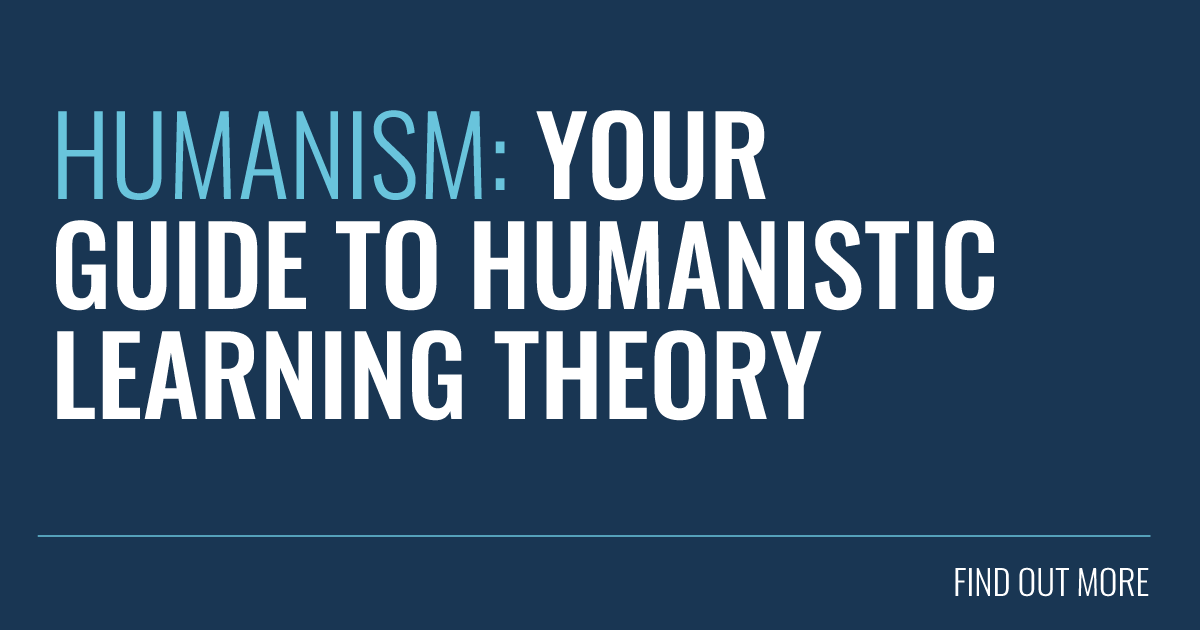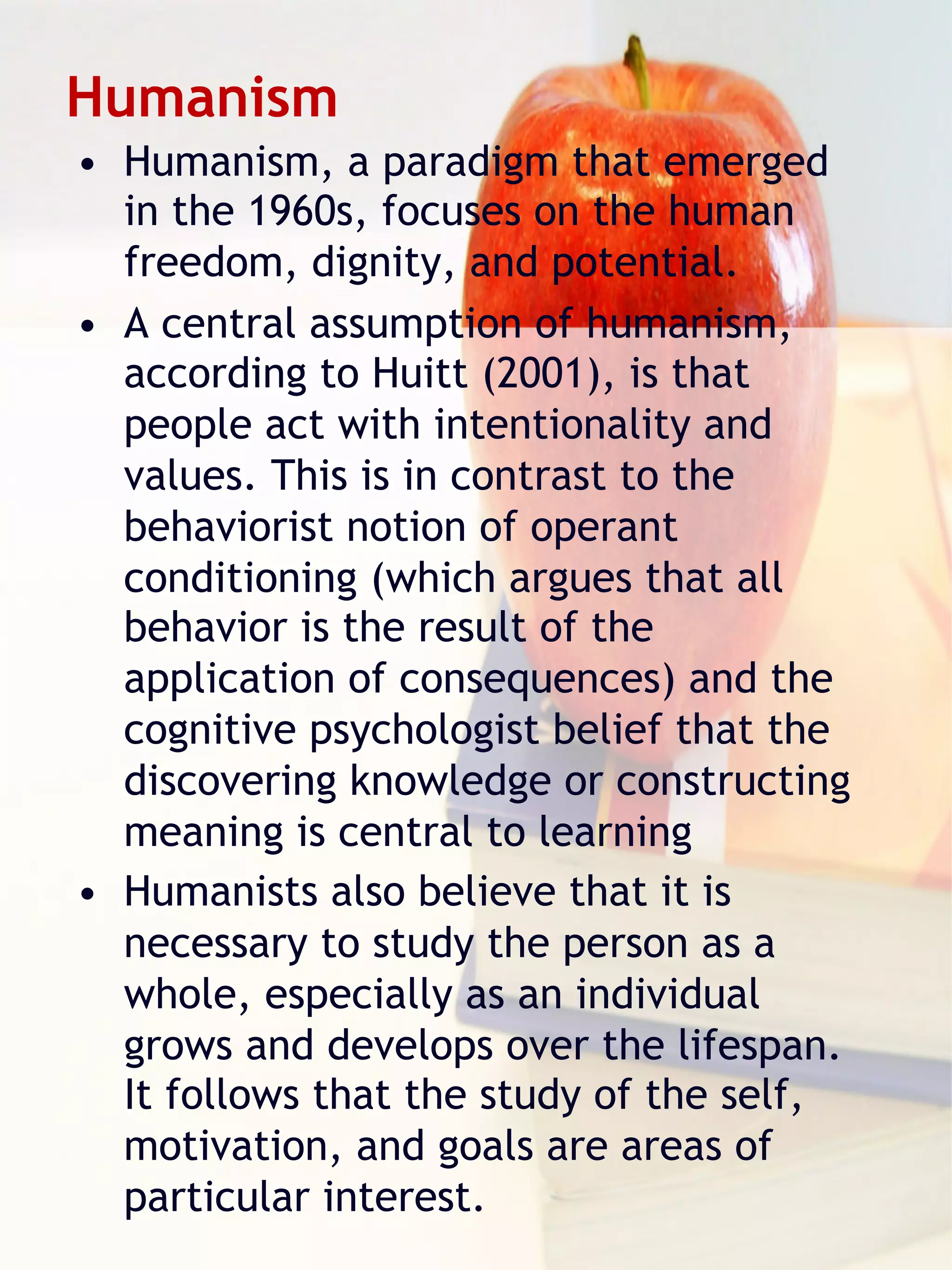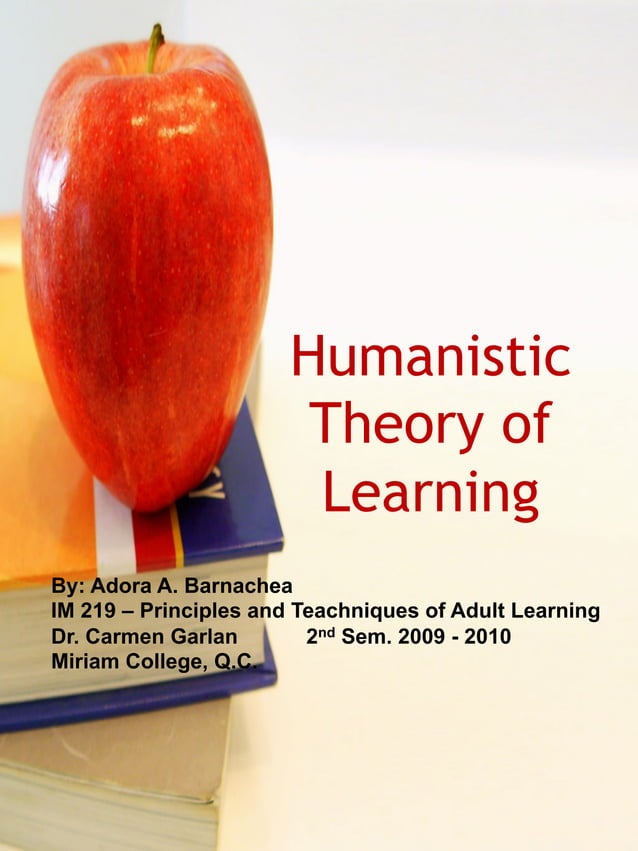Humanistic learning theory is a psychological approach to education that emphasizes the unique qualities of each individual and the inherent drive towards personal growth and self-actualization. This theory was developed in the mid-20th century by humanistic psychologists such as Abraham Maslow and Carl Rogers, and it has had a significant influence on the field of education.
According to humanistic learning theory, the primary goal of education is to support the personal and social development of the learner. This means that the focus of education is not just on the acquisition of knowledge, but also on the growth and development of the whole person. Humanistic learning theory places a strong emphasis on the individual learner and their needs, interests, and motivations. It suggests that learners are more likely to be engaged and motivated when they are given the opportunity to pursue their own interests and goals, rather than being forced to follow a predetermined curriculum.
One key principle of humanistic learning theory is the belief that all individuals have the potential for self-actualization, which is the process of developing one's full potential and becoming the best version of oneself. This potential can be realized through learning experiences that are authentic, meaningful, and relevant to the learner. Humanistic learning theory emphasizes the importance of the learner's personal experiences and how they can be used to facilitate learning and growth.
Another important aspect of humanistic learning theory is the emphasis on the learner's autonomy and self-direction. This means that learners should be given the freedom to take control of their own learning and to make their own decisions about what they want to learn and how they want to learn it. This approach values the learner's autonomy and allows them to take ownership of their learning, which can lead to greater motivation and engagement.
Humanistic learning theory also emphasizes the importance of the learner's emotions and feelings. It suggests that learners are more likely to be engaged and motivated when they feel safe, supported, and valued. Therefore, it is important for educators to create a positive and supportive learning environment that fosters a sense of belonging and encourages open and honest communication.
Overall, humanistic learning theory is a holistic approach to education that values the unique needs and potential of each individual learner. It emphasizes the importance of personal growth, self-direction, and the role of emotions and experiences in facilitating learning and development. This approach can be particularly effective for learners who are motivated by personal growth and development and who are seeking a more meaningful and authentic learning experience.









